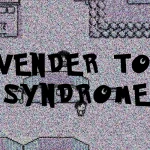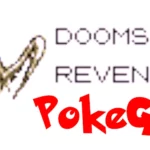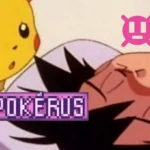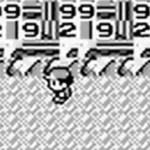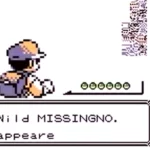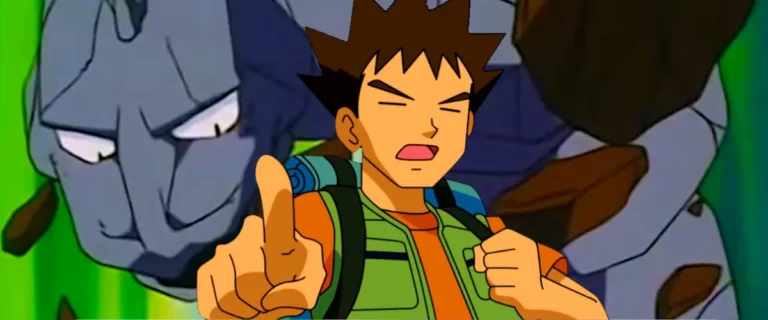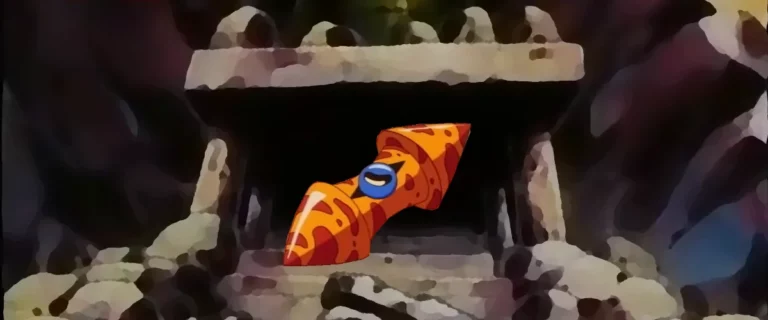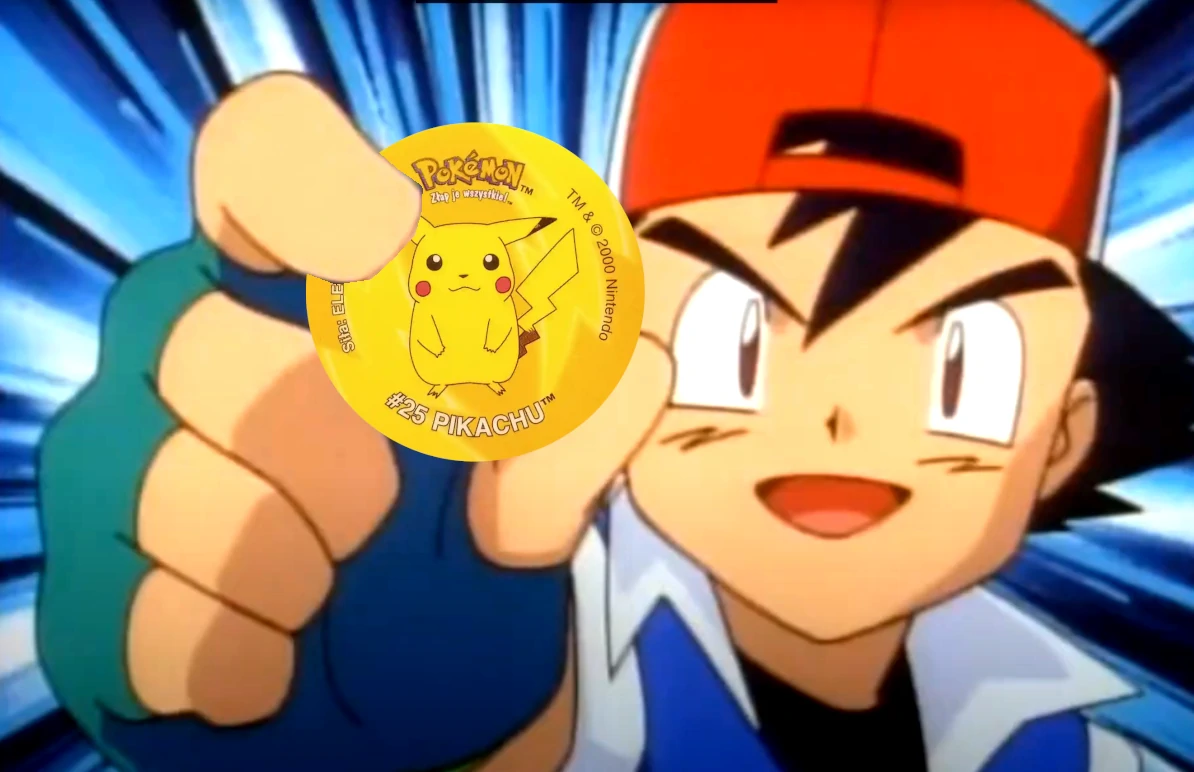
Pokémon Tazo - the entertainment of our childhood.
Pokémon are a global phenomenon that has had many loyal fans around the world from the early 1990s until today. T-shirts, backpacks, toys, games, collectible cards- Pokémon are everywhere (you can, find out by playing Pokémon GO). Some of the products bearing Pokéball reach dizzying prices! The popular “tazos” are no different.
Spis treści
ToggleTazo history through the ages
The game, here no one will be surprised to learn, has its roots in Japan. It originated from the popular game of menko, in which players used richly decorated discs (ceramic, lead, or wooden). Later years also saw the use of paper cards.
The player, striking his puck against the opponent’s puck, or with the wind power produced, tried to turn over the opponent’s token. If he succeeded in this art, he took both tokens.
With the Japanese emigrants, the game came to Hawaii. Here, the original pucks were replaced by less fancy and cheaper paper or cardboard inserts made from milk bottle caps. Tazo, got its English name (pogs) just from one of Hawaii’s dairies. In the 1970s, one Hawaiian dairy printed the letters POG on the cardboard inserts of its bottle caps. It was a promotion for the new POG- passion fruit, orange, guava (passion fruit, orange, guava) drink.
Tazo Today
Tazos in their familiar modern form, popularized in the mid-1990s. Mexican snack manufacturer Sabritas (part of Frito-Lay) was behind their huge success. The small discs with eye-pleasing prints inspired by the most popular programs (and more!) were attached to products, mainly chips. The name tazo itself comes from the term “taconazo” which means “heel strike”, anyone who has ever played tazos will admit that the sound was quite similar! What’s more, it’s also a reference to a popular Mexican school game that involves opening a bottle using a shoe, with the most important thing being to shoot the cap properly (and far!).
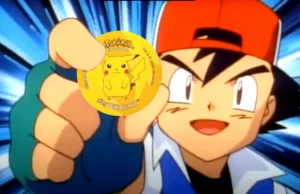
There is no game without rules
At least two players could participate in the game. It was also possible to bet on the winner. Each player’s tokens are placed in a tower, one on top of the other, picture/post face down. Then the order in which players will make their tosses is drawn. Each player throws a tazo (the thicker ones were best for this) at the tower set up by the opponent, so that as many pucks as possible turn over. The tokens that manage to turn face up go into the hands of the player who threw. As you can see, the rules have remained largely unchanged for decades. However, if this basic version of the gameplay seems insufficient, no worries!
There are many modifications to the basic version of the game, the backyard rules-we are really only limited by our imagination.
About the Author
Wodzu
Administrator
A retro collector and a fan of cards and gadgets related to the iconic Pokémon series. Fascinated by nostalgia, he collects classic consoles, old editions of games and trading cards.

